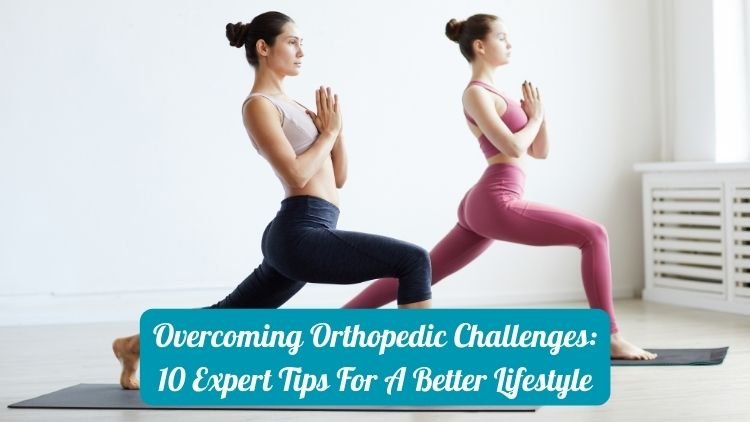Gout, a type of inflammatory arthritis, occurs due to excessive uric acid in the bloodstream, leading to crystal formation in joints.
The result is inflammation, swelling, and intense pain. Interestingly, diet plays a pivotal role in managing gout since specific foods can either alleviate or exacerbate the condition.
Diet’s Role in best gout treatment
The connection between diet and gout is quite direct. A type of protein called Purine, naturally present in some foods, break down into uric acid. When uric acid levels surge, crystals form in joints, causing gout flare-ups. By choosing the right foods, you can control gout and lessen the risk of painful episodes.
Gout Diet: Foods to Favor
- Fruits and veggies: Fill your plate with a colorful array of fresh produce to create a gout-friendly diet. Fiber, vitamins, and minerals abound in fruits and vegetables. Cherries are especially beneficial due to their anti-inflammatory properties that help reduce uric acid levels.
- Whole grains: Choose whole grain options such as brown rice, whole wheat bread, and quinoa to keep uric acid in check. Their fiber content is essential for managing this critical aspect of gout.
- Lean proteins: Opt for lean meats like chicken, turkey, or fish such as salmon and mackerel. Not only are they low in purines, but they also boast omega-3 fatty acids, which combat inflammation.
- Low-fat dairy: Including low-fat dairy products like yogurt and skim milk in your diet may reduce the likelihood of gout attacks. Their uric acid-lowering effects make them an excellent addition to your gout-friendly meal plan.
Gout Diet: Foods to Forgo
- Red meats: Red meats like beef and lamb are purine-rich and can increase uric acid levels, triggering gout attacks.
- Organ meats: Purine-packed kidneys, liver, and sweetbreads should be off your menu.
- Shellfish: Certain seafood varieties, including shrimp, lobster, and scallops, are high in purines, contributing to gout flare-ups.
- Sugary drinks: Sweetened beverages, containing high-fructose corn syrup, can raise uric acid levels.
- Alcohol: Alcohol, especially beer, hampers the body’s ability to eliminate uric acid, increasing gout risks.
More Than Just Diet: Gout Treatment Matters
A well-planned diet is crucial for gout management, but it’s not a standalone cure.
Consult an orthopedic specialist for the best gout treatment in Kolkata, who can devise a comprehensive plan, including medications and lifestyle changes to control uric acid levels and inflammation.
In some instances, the top arthritis treatment in Kolkata may be required to tackle joint damage caused by recurring gout attacks.
Final Words
Though gout can be extremely painful, adopting the right dietary choices can significantly lower the risk of flare-ups. A balanced diet, coupled with proper medical treatment, can effectively manage gout.
Seek the best gout treatment in Kolkata or the top arthritis treatment in Kolkata if you’re dealing with frequent gout episodes. Work with your healthcare provider to keep gout under control and enjoy a healthy, active life.









